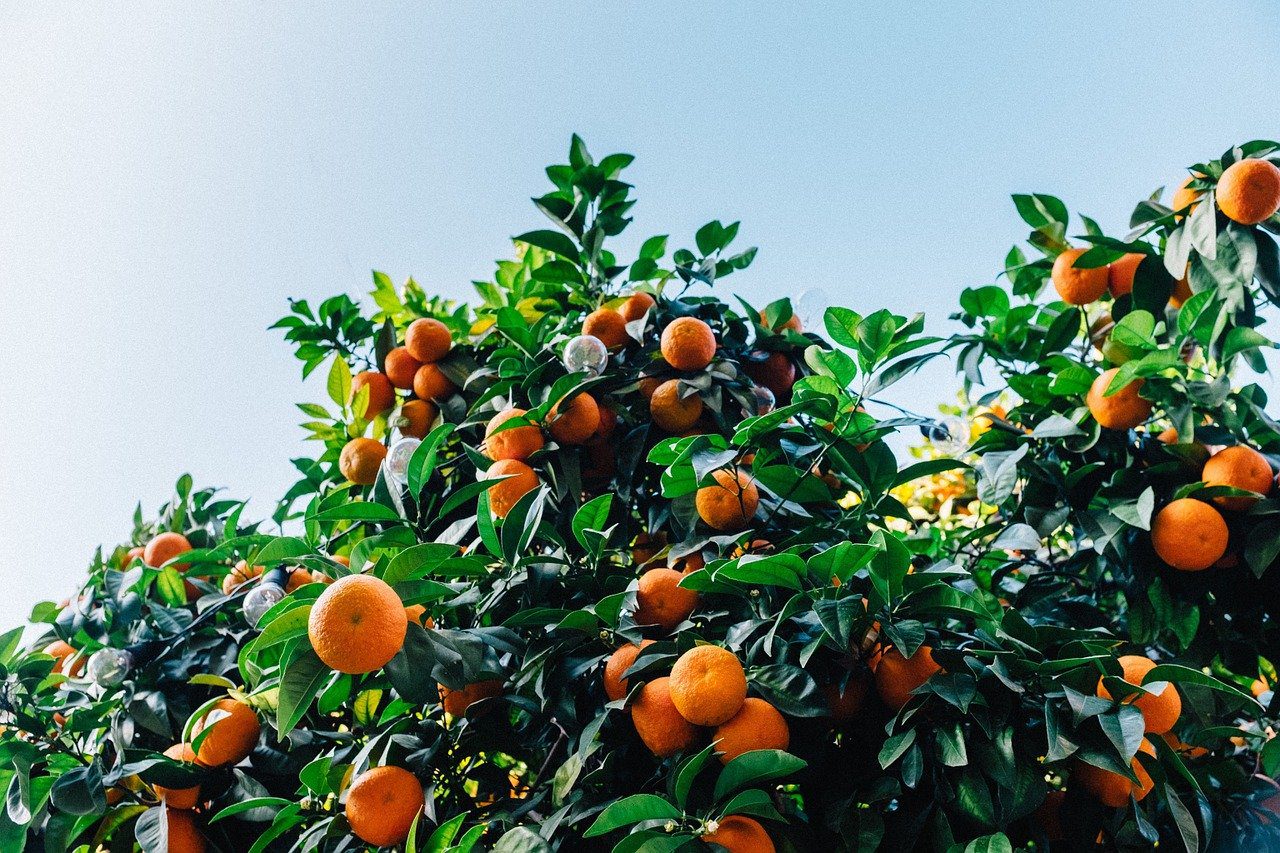Explore the takeaways on citrus spray recommendations shared in a presentation at the Florida Citrus Show in January.
In Griffin Fertilizer’s latest column in Central Florida Ag News, I discussed a presentation given by Dr. Lukasz Stelinski, a UF/IFAS Professor of Entomology and Nematology, at the Florida Citrus Show, titled “Sensible Sprays: Why bother? Keeping resistance in check and contribution of biocontrols.” The presentation shared research concerning Asian citrus psyllid spraying, and offered recommendations based on the research. Explore the takeaways below.
Citrus Spray Recommendations and Takeaways
- The concentration of Candidatus Liberibacter asiaticus, or clas, the bacterium that causes citrus greening, is not related to frequency of inoculation. Essentially, the amount of clas found in a citrus tree is not affected to how often an infected psyllid feeds on the tree.
- Clas concentration fluctuations are related to vegetative plant growth, or when citrus trees flush.
- Plants respond to bursts of psyllid feeding activity rather than a single feeding or continuous feeding by boosting their natural defenses. However, long-term feeding by psyllids suppresses plant immunity and inhibits growth.
- Psyllids must be managed on a large, continuous scale, such as using initial sprays during the dormant period and then continuing to spray when populations begin to rise; sprays don’t need to occur when there are no psyllids, but intermittent spraying does not adequately suppress psyllid populations.
- Conventional management of 10 to 12 sprays per year had the highest rate of suppressing psyllids, and intermittent sprays, around three sprays, had the least effect on suppressing psyllids.
- A high number of sprays is best at controlling psyllid populations, but Asian citrus psyllids can quickly develop a resistance to sprays. Stelinski’s research showed a 200-500 fold resistance with just 2 back-to-back sprays of the same modes of action (MOA), and an approximately 2000 fold resistance after three consecutive uses of the same MOA.
- Psyllid resistance can be undone through rotating five different modes of action in sequence over the course of about 20 weeks—or about five or six generations of psyllids.
All in all, Stelinski recommended using a combination of cultural, chemical and biological control tactics to suppress psyllid populations.
Griffin Fertilizer is committed to helping both growers and ranchers make sound agronomic and economic decisions in order to maximize the health of their grove and pasture. As a full-service custom dry & liquid fertilizer blender and crop protection product distributor, we will continue our mission to further advance Florida agriculture. For questions or concerns about your farm or pasture, contact us and one of our team will be in touch.

